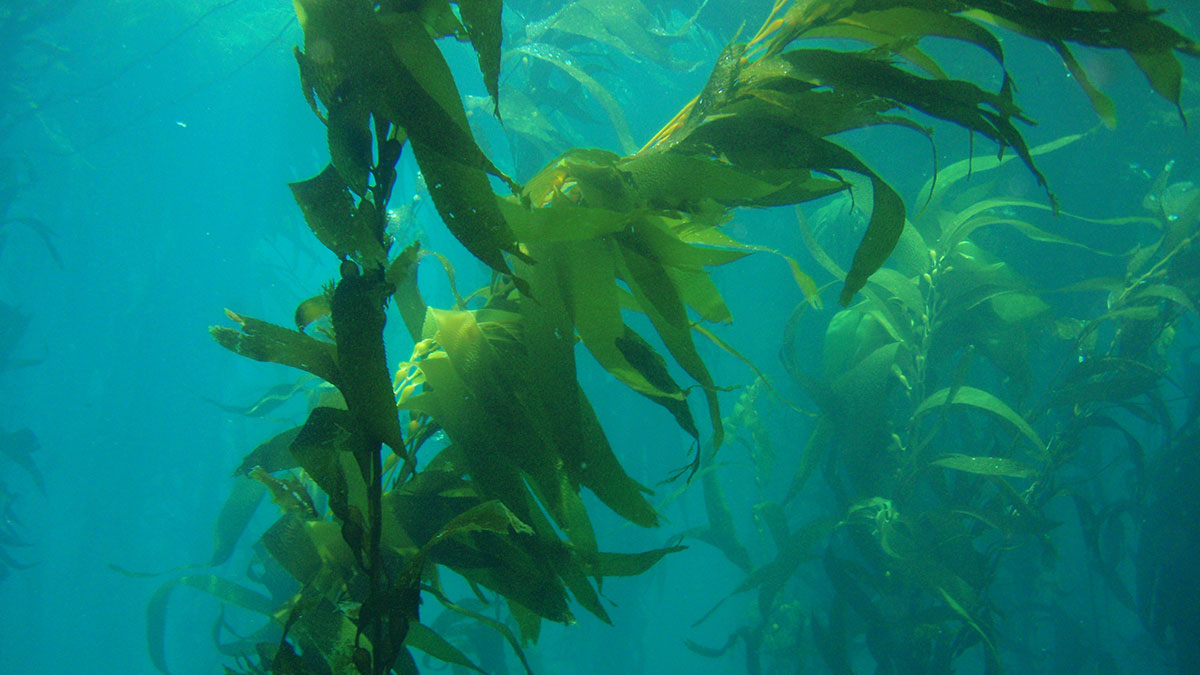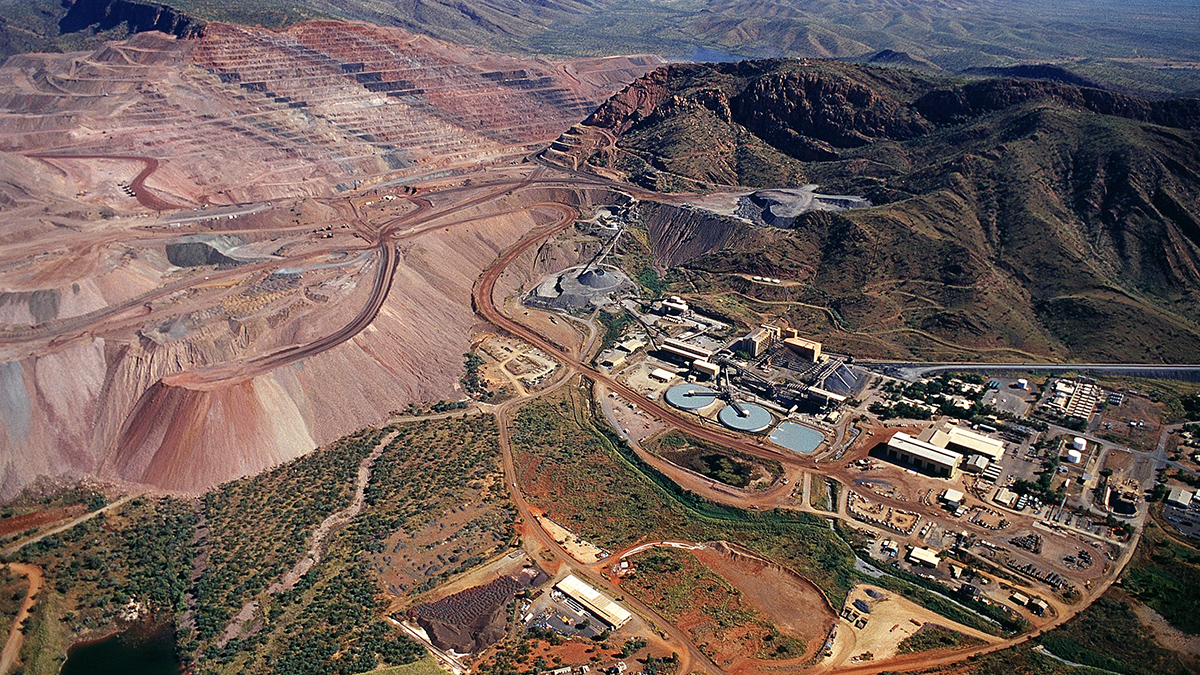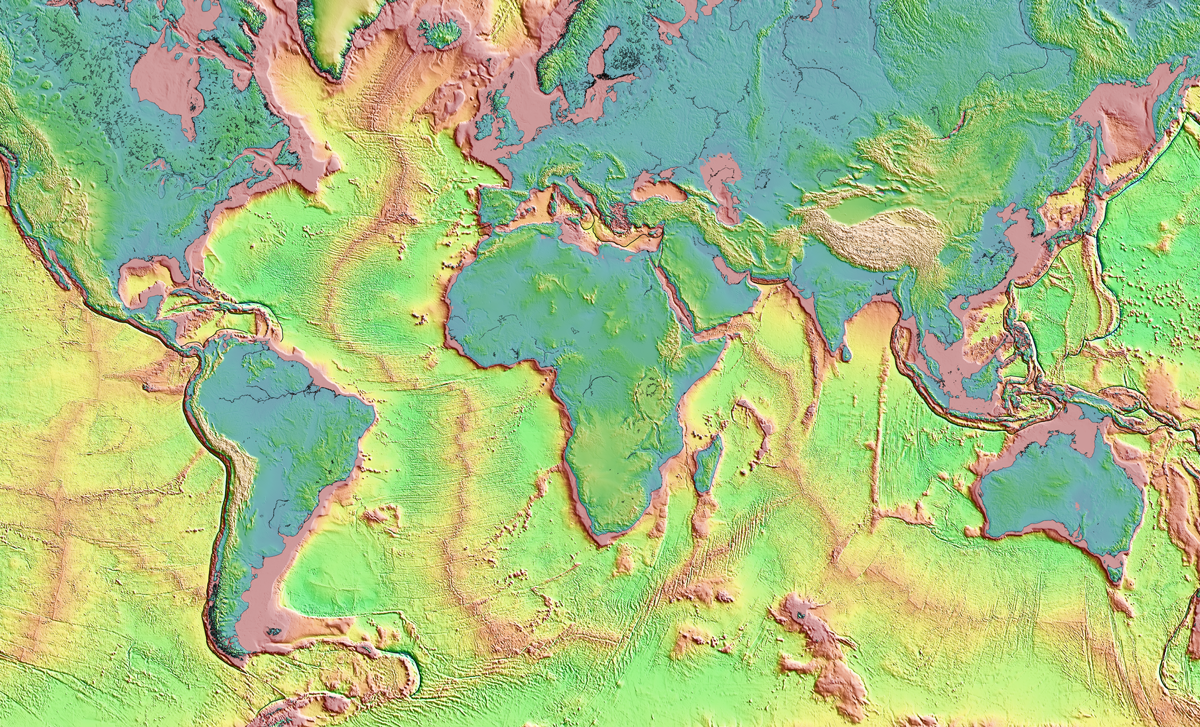El kelp es un hábitat, un sumidero de carbono y un agente aglomerante en tu helado. Pero estudios recientes muestran que los bosques de kelp en California son afectados por el destino de sus contrapartes sobre tierra.
J. Besl
Looking for Climate Clues in China’s Great Wall
Looking for Climate Clues in China’s Great Wall
In northwestern China, desert conditions have preserved the farthest reaches of the Great Wall. Scientists are now exploring 2,000-year-old building materials for signs of the region’s past climate.
When Forests on Land Burn, Forests Underwater Feel the Impact
Kelp is a habitat, a carbon sink, and a binding agent in your ice cream. But new research shows that California’s kelp forests are affected by the fate of their counterparts on land.
Solar Storms May Scramble Signals for Migratory Birds
Birds use Earth’s magnetic field to migrate, but severe space weather may interfere with navigation and reduce the number of birds in the sky.
Continental Breakup Shot Pink Diamonds to Earth’s Surface
What was once the world’s most prolific pink diamond mine has always been an anomaly. New research suggests that the end of an ancient supercontinent helped rocket its precious gems to the surface.
Hurricane Harvey Filled Houston with Sediment
The storm’s record-setting rains moved an equally impressive amount of sediment and elevated the risk and expense of absorbing all that muck.
A New, Underground Atlas of Subduction Zones
Submap merges graphic design with geodynamics, providing a fast, free, and user-friendly resource to map subduction zones.
Hig Higman: Trekking Across the Last Frontier on the Hunt for Geohazards
Higman specializes in human-powered research expeditions in Alaska’s epic landscape.
Supersized Potholes Discovered off South African Coast
Curious circular pits off South Africa’s Eastern Cape coast are larger than any similar feature previously recorded. Their origin remains a morphological mystery.
Hypoxia Affects One in Eight Rivers Worldwide
A global study found dangerously low levels of dissolved oxygen in rivers around the world. The true prevalence of hypoxia is probably even higher.










